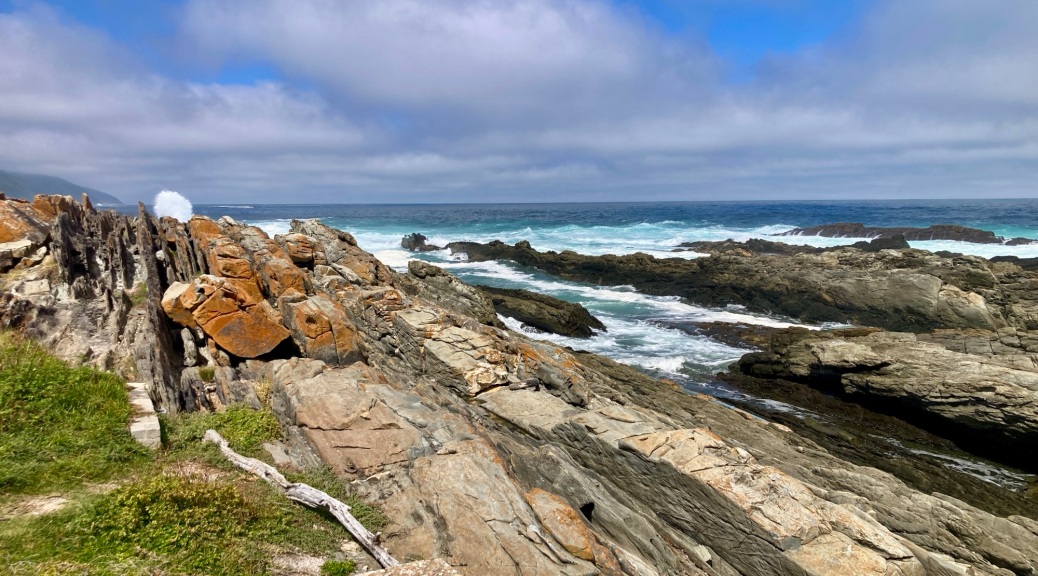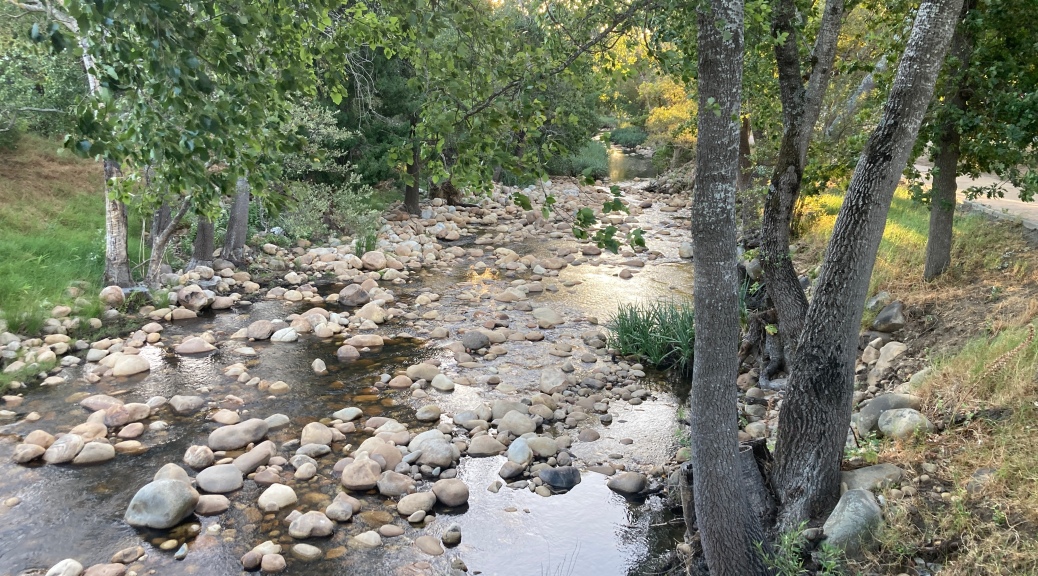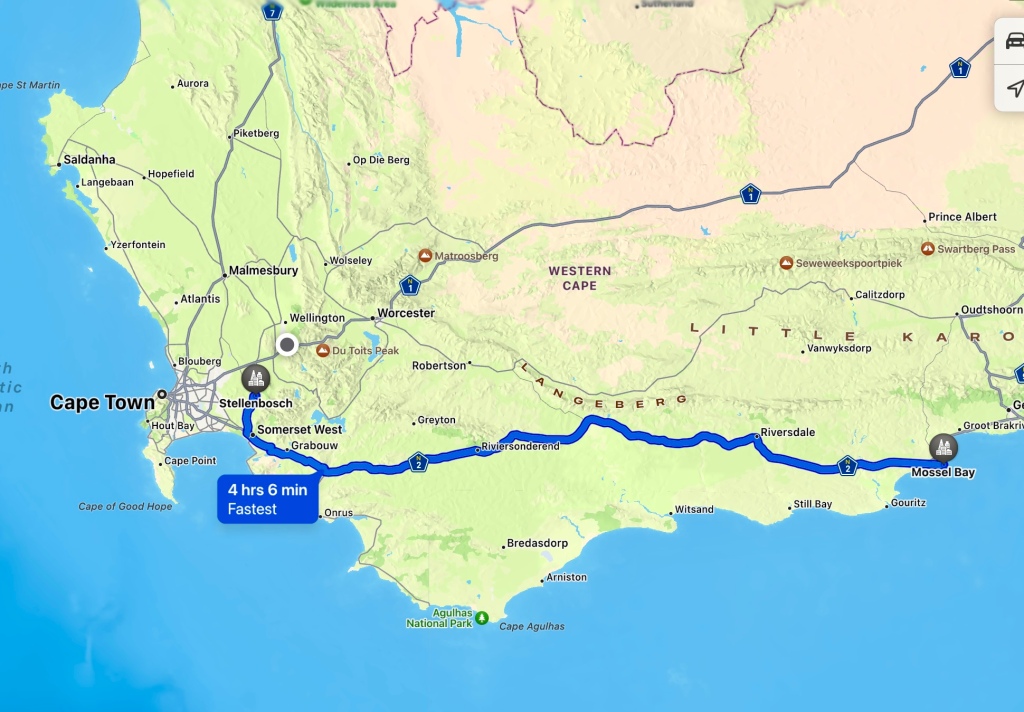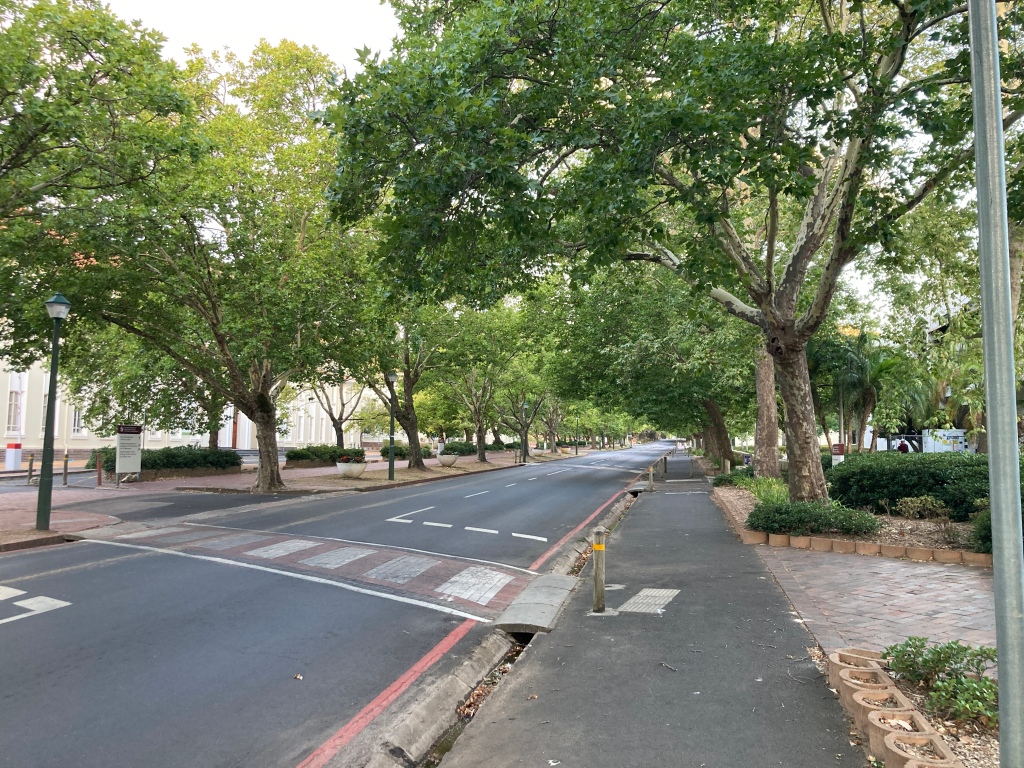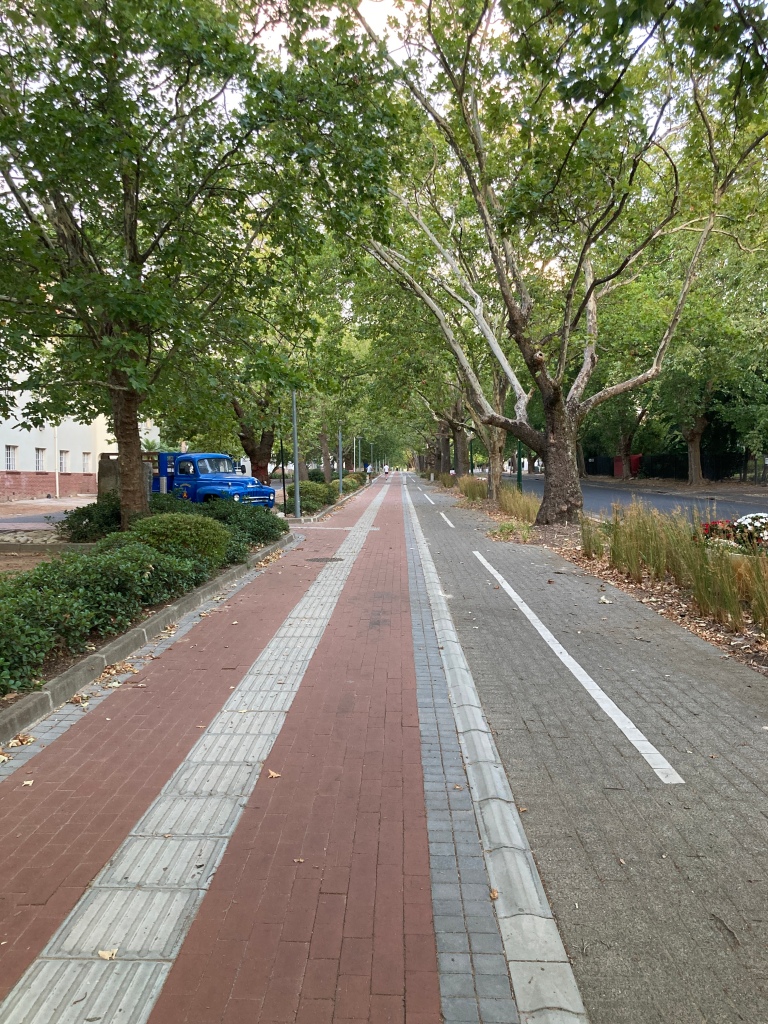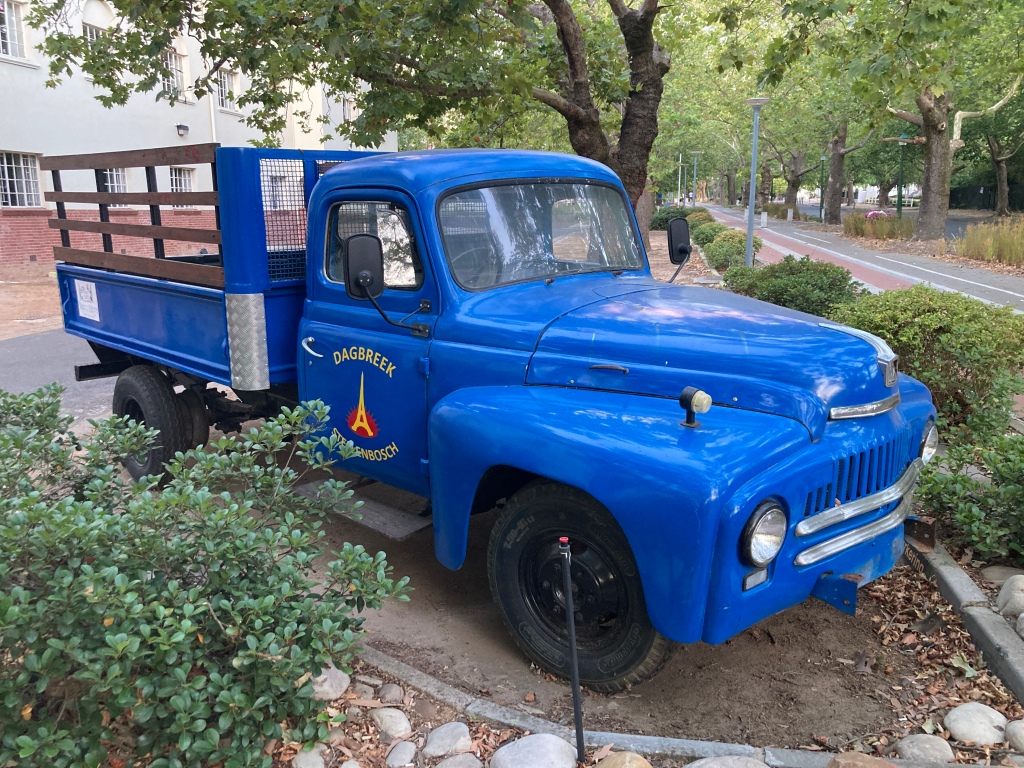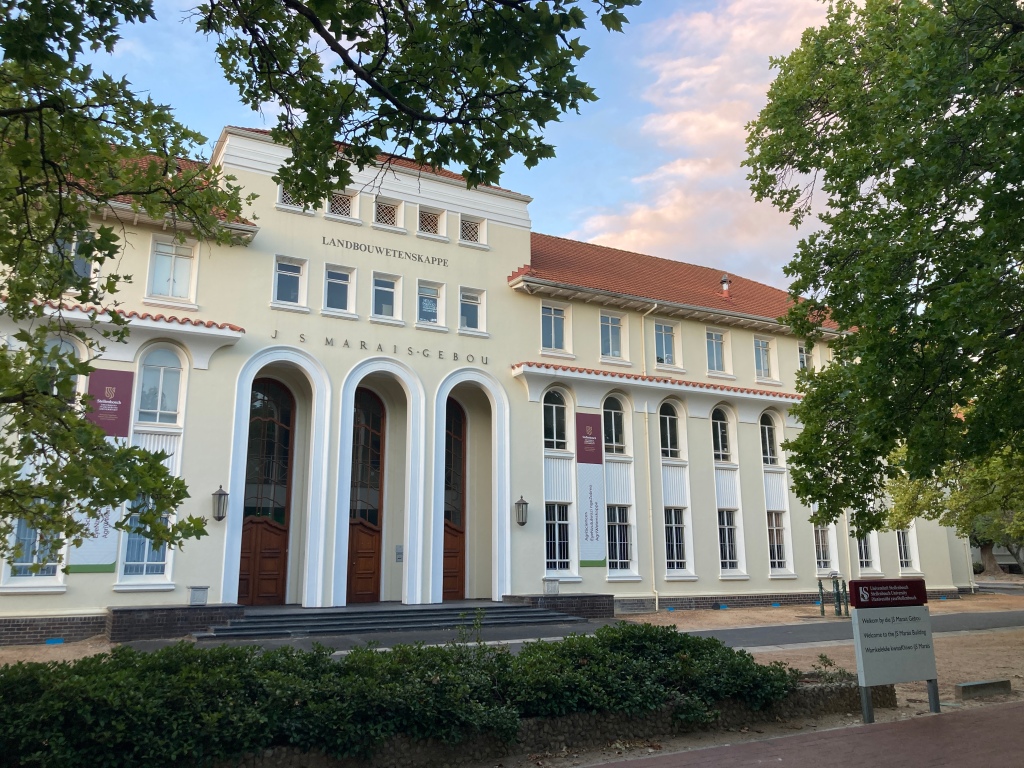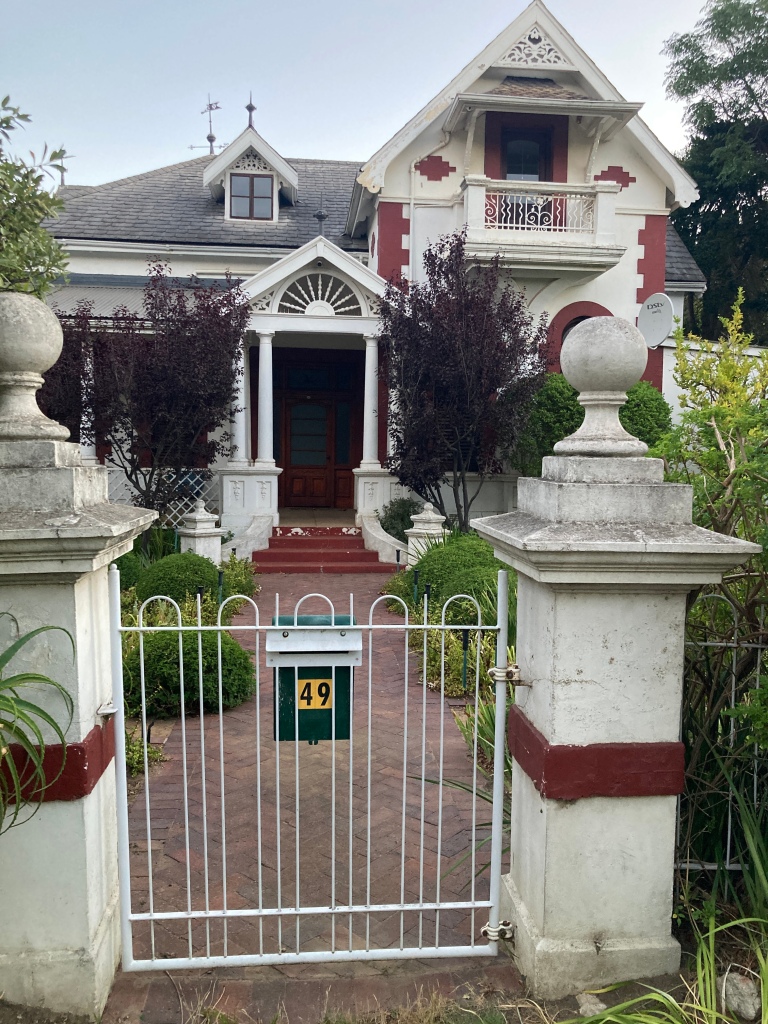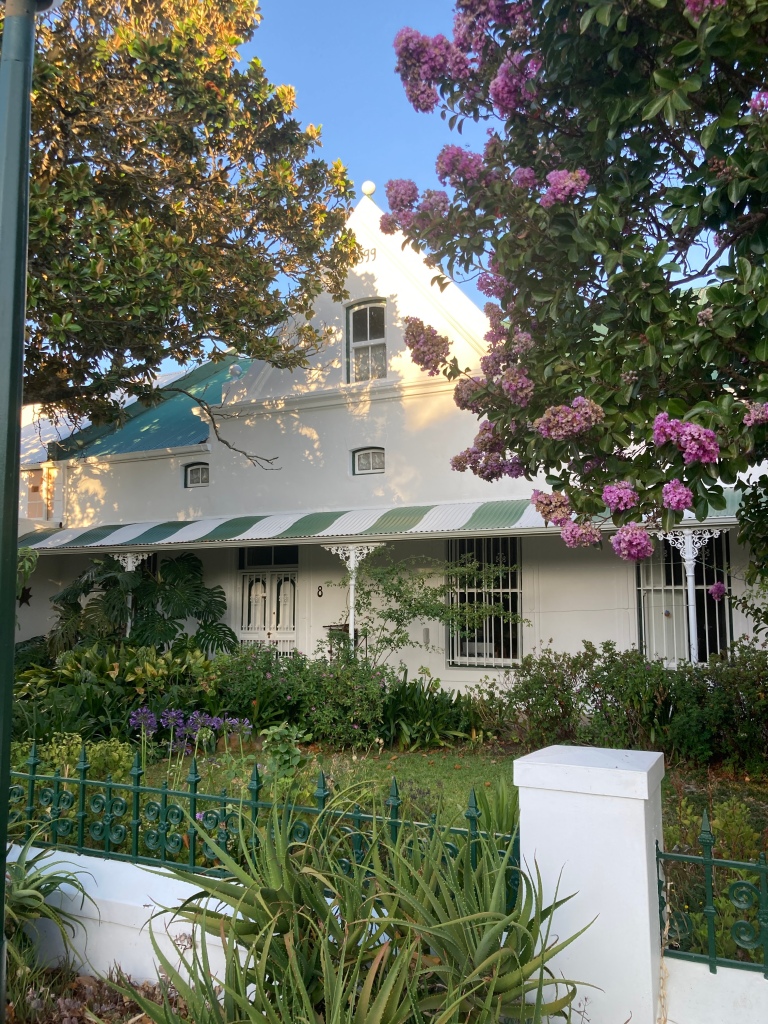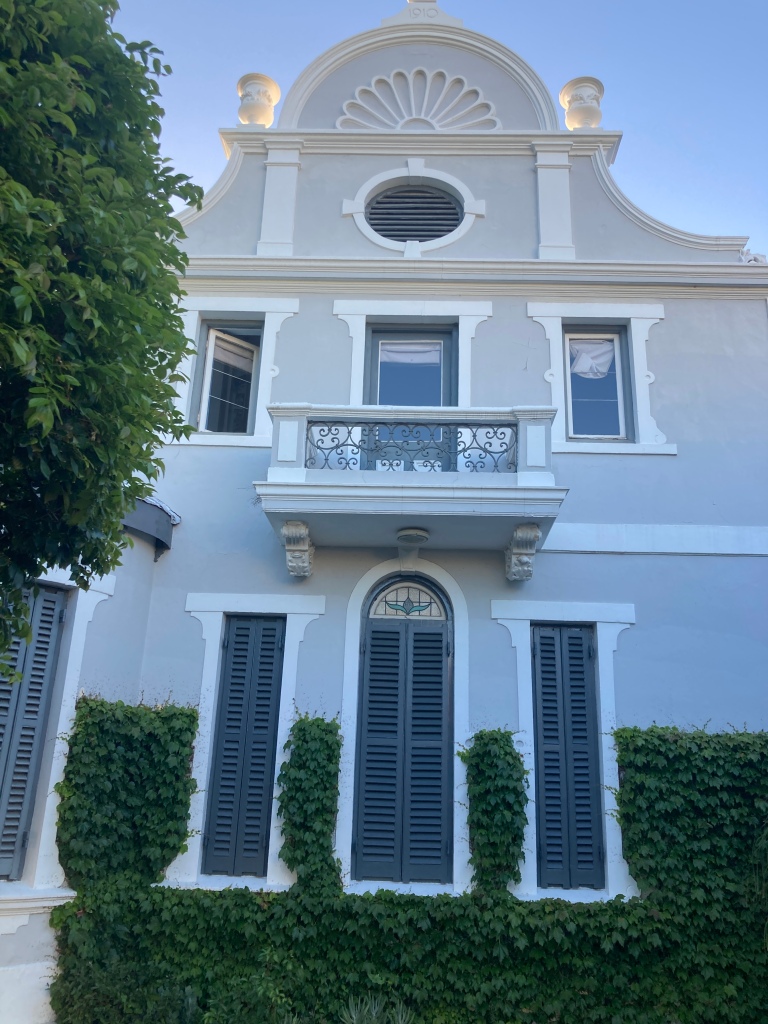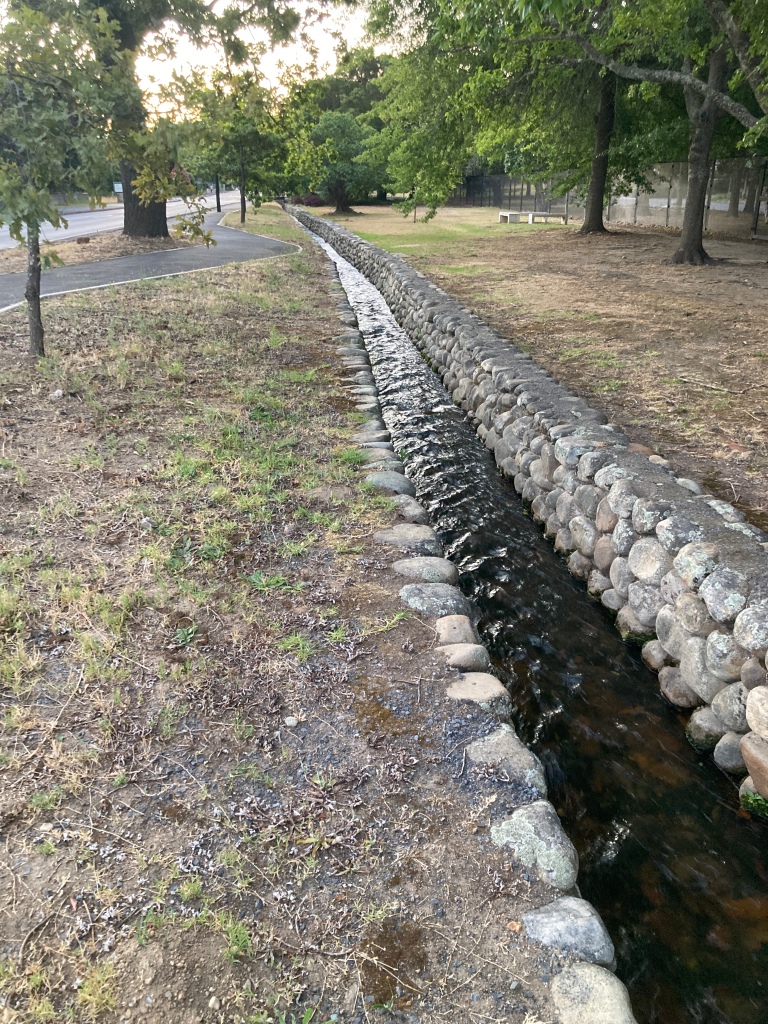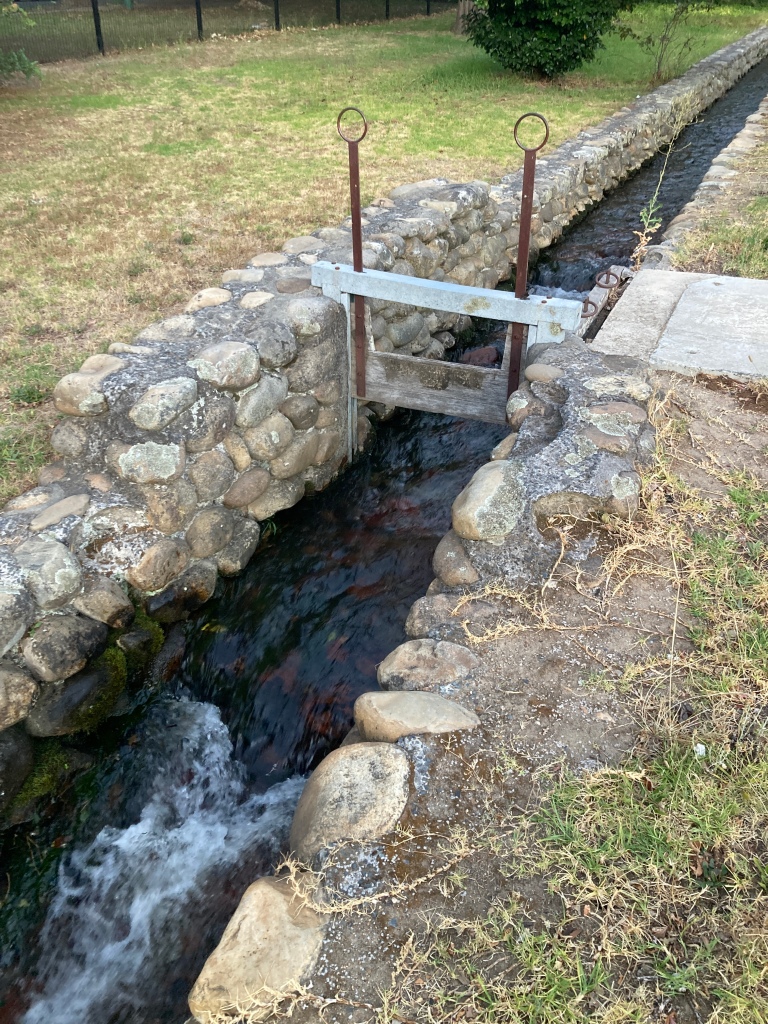Breakaway needed ..
Since moving to Mossel Bay in October last year, we seem to have been constantly busy with unpacking of the many boxes and consolidating the contents of two houses into one, in the process going through yet another round of discarding unnecessary ju.. er- possessions. There are still plenty of boxes, mainly books, which eagerly await the construction of library shelving which I am keen to do myself, when I get the time….
Since the start of 2024 a small team under my direction has been painting and renovating the house which we had built in 2010 so it is overdue for some loving care. We promised ourselves a breakaway once that was all done and once the end was in sight we quickly booked a 5 night stay in Addo Elephant National Park then added stopovers on the way there and back to make it a full week’s break.
Getting there ….
Saturday 9th March
With a short distance to do on the first leg to Storms River, just on 200 kms, we left the packing and organizing to the morning and left home close to lunchtime
After some rapid shopping for provisions in George we had lunch at Spur and set off eastwards at 3 pm, joining many others on the slow and busy road past Wilderness and Sedgefield and through Knysna and Plett before the short stretch of very welcome toll road which took us to our destination right on 5 pm.
We had found Swallows Nest Country Cottages on Booking.com and the cottage turned out to be what we had hoped for – comfortable, clean and spacious, and we were soon settled in.
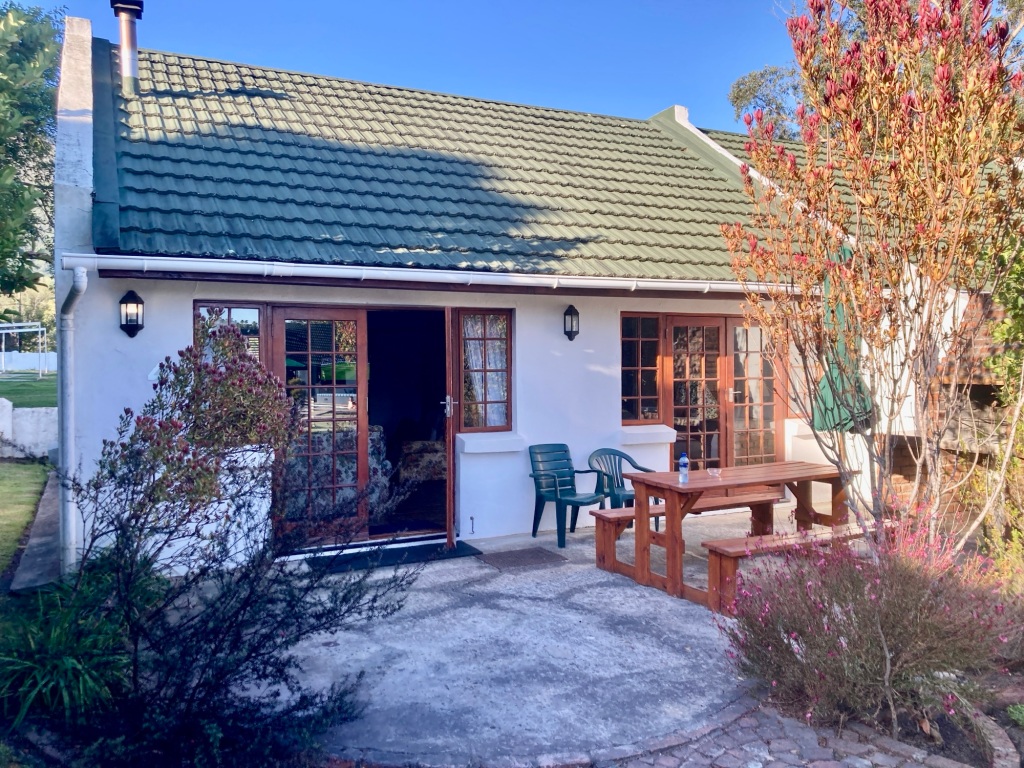
I took a walk through the nearby streets and found many others doing the same – all seemingly foreign tourists walking to one of the many restaurants scattered throughout the village.
We had imagined Storms River Village to be a quiet country town with a couple of B and B’s due to its proximity to the N2 National road – what we discovered is a busy tourist village with a variety of activities on offer and a choice of accommodation establishments and restaurants – even a 1960’s themed Marilyn’s Diner – quite incongruous in this small village setting.
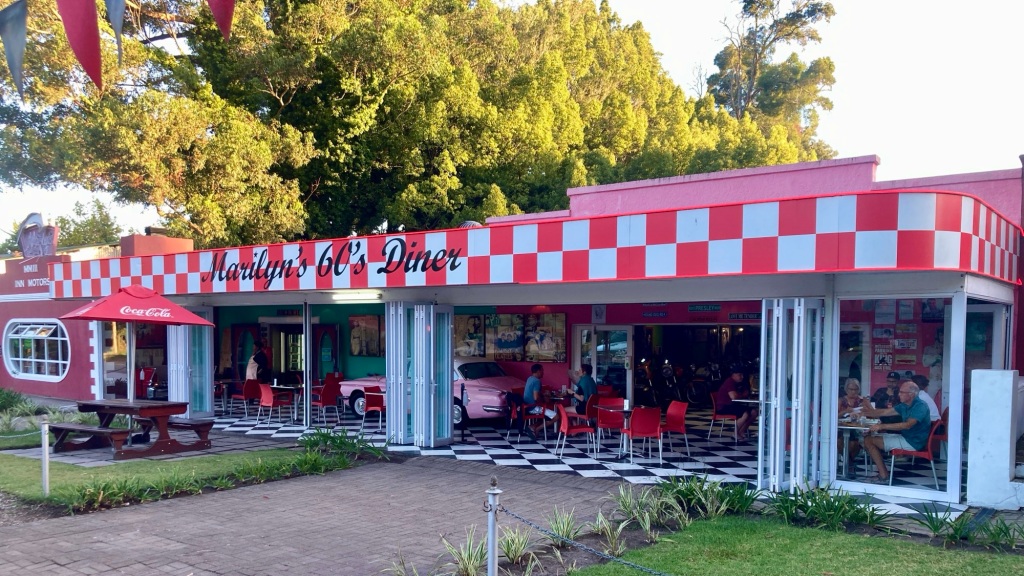
However our dinner was a sandwich and avo in the cottage – balancing out the substantial meal at lunchtime
Sunday 10th March
We slept late so had to rush to be in time for breakfast – the usual fare of fruit, scrambled eggs and bacon. We had booked for two nights to give us a chance to explore the Storms River area, so after breakfast and showers we set off late morning to explore the village, just driving around slowly and stopping here and there.
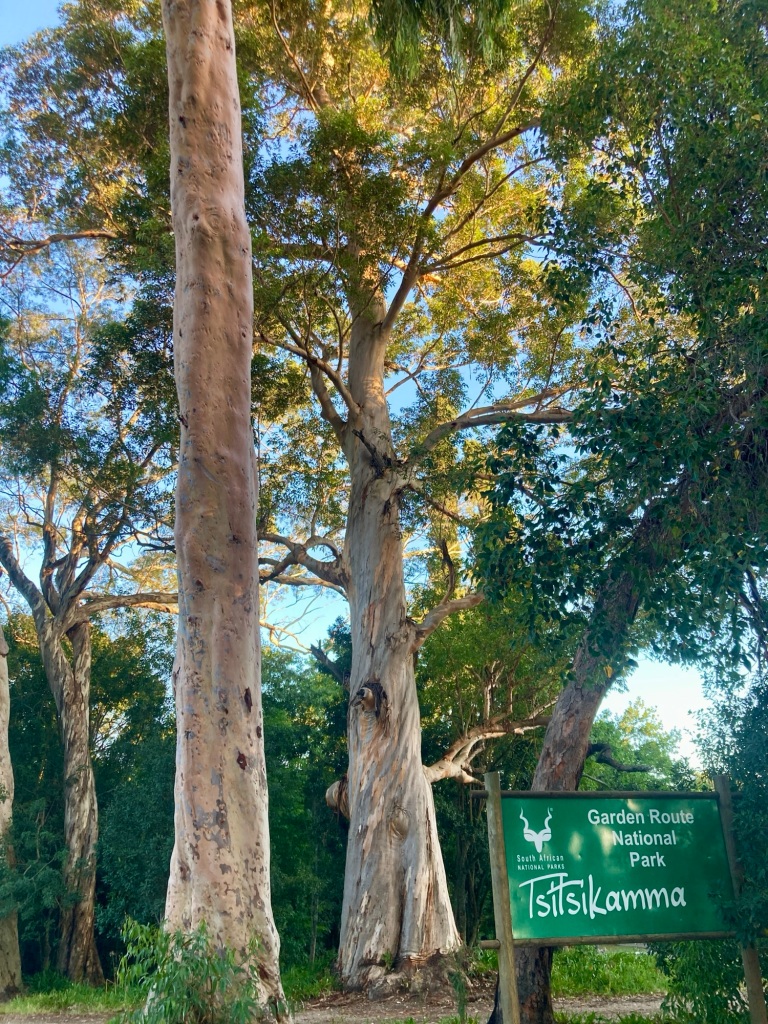
We then headed a few kms back along the N2 to the turnoff to the Storms River Mouth which lies within the Tsitsikamma of the Garden Route National Park.
The road took us to the Park gate then wound its way downwards to the sea, past the caravan parks and chalets until we reached the parking area which was surprisingly full, overflowing into a long line of cars parked along the approach road.
Buses were parked on one side and more kept arriving to disgorge even more visitors – clearly tourism is booming along the garden route!
We found a table at the crowded temporary restaurant ( there’s a new complex under construction with a beautiful position overlooking the sea) and ordered fish and chips from the friendly waiter, which arrived quickly – amazing under the circumstances.
I later learnt that the original restaurant was severely damaged by a storm surge in September 2023 – clearly Storms River is not just a fanciful name!
I took a walk along the boardwalk thinking I would have a look at the suspension bridge at the river mouth, but when I saw how far it was and the tricky route to get there I decided it was a bridge too far…. (oh well, it made me chuckle)
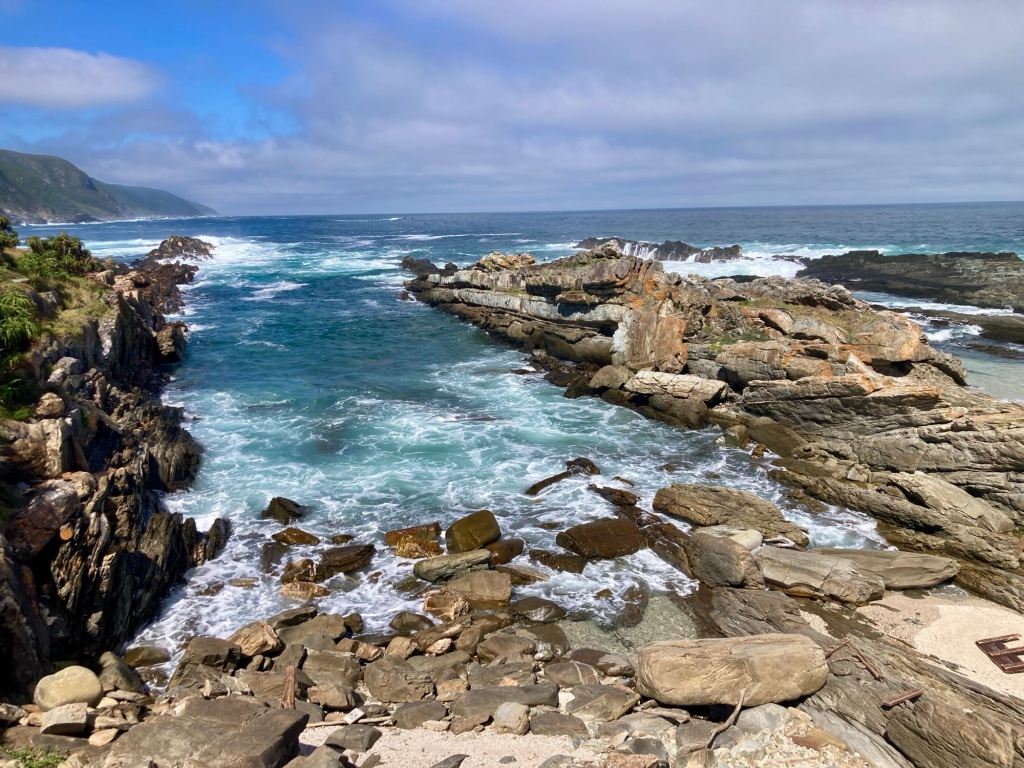
After taking in the rugged sea views and photographing a pair of Oystercatchers, I returned to the car and we headed back to the N2, pleased that we had seen the place we last visited and stayed in so many years ago with our then young kids in tow.
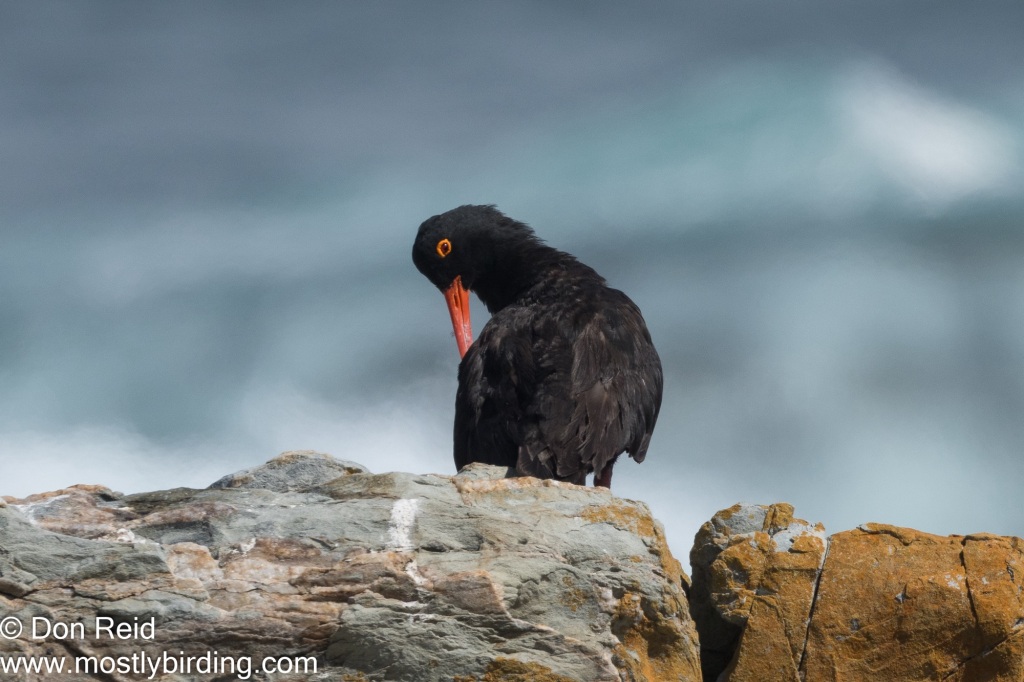
We weren’t done yet as I wanted to visit the nearby Tsitsikamma Big Tree forest again, hoping for a few forest birds. It was a pleasant walk along the boardwalk and the trees were still impressive, but bird life was almost non-existent other than the almost constant calls of Sombre Greenbul and Olive Pigeons high up in the canopy – unseen but heard
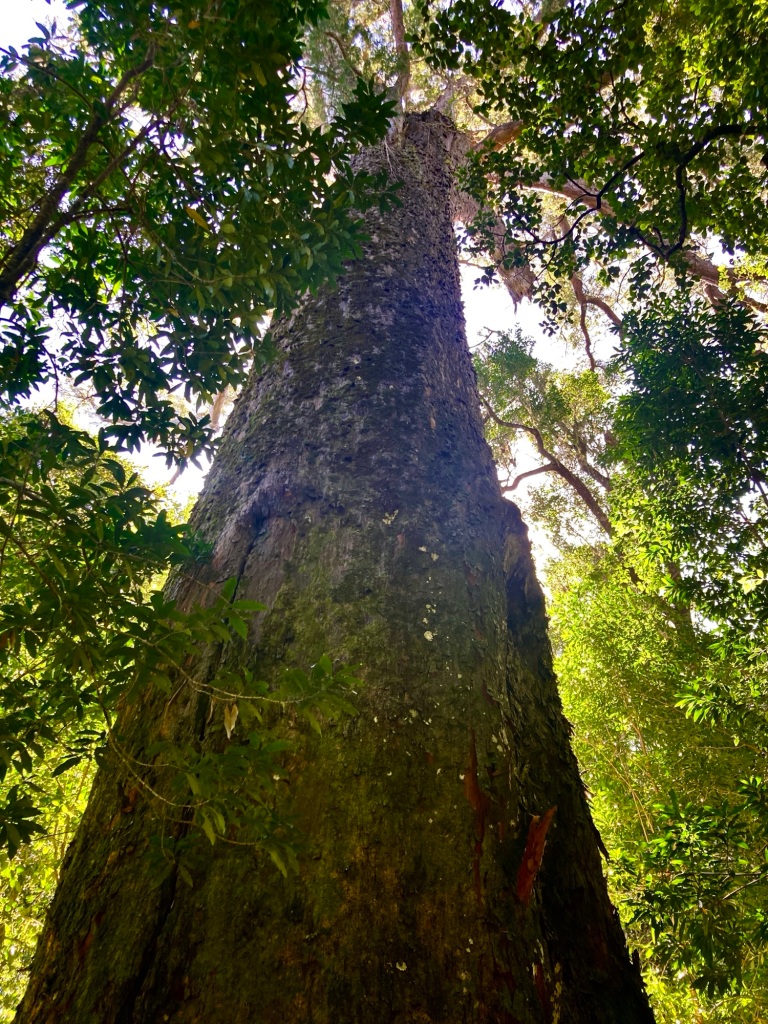
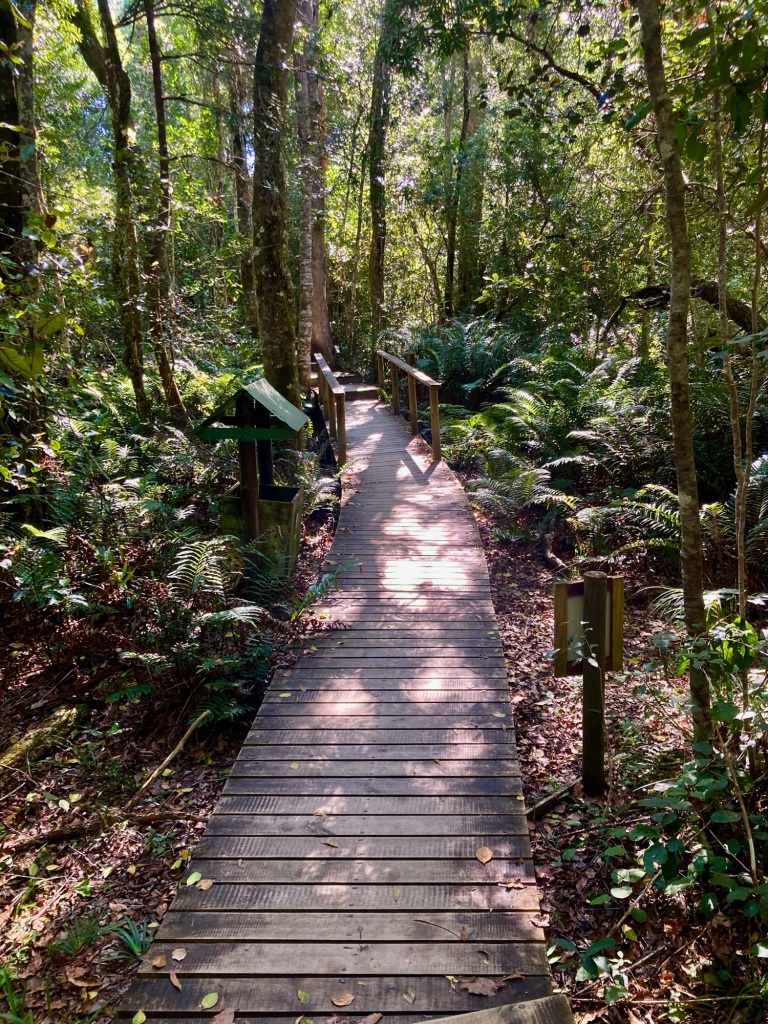
Dinner was at the Marilyn’s Diner – good filling food in a unique setting
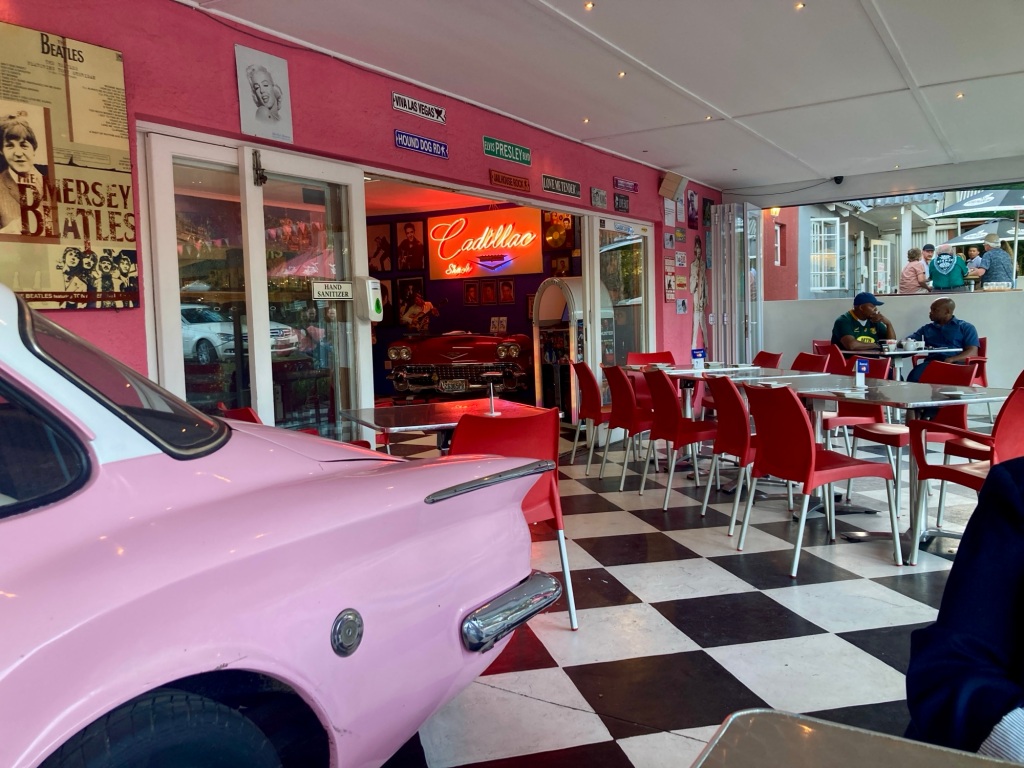
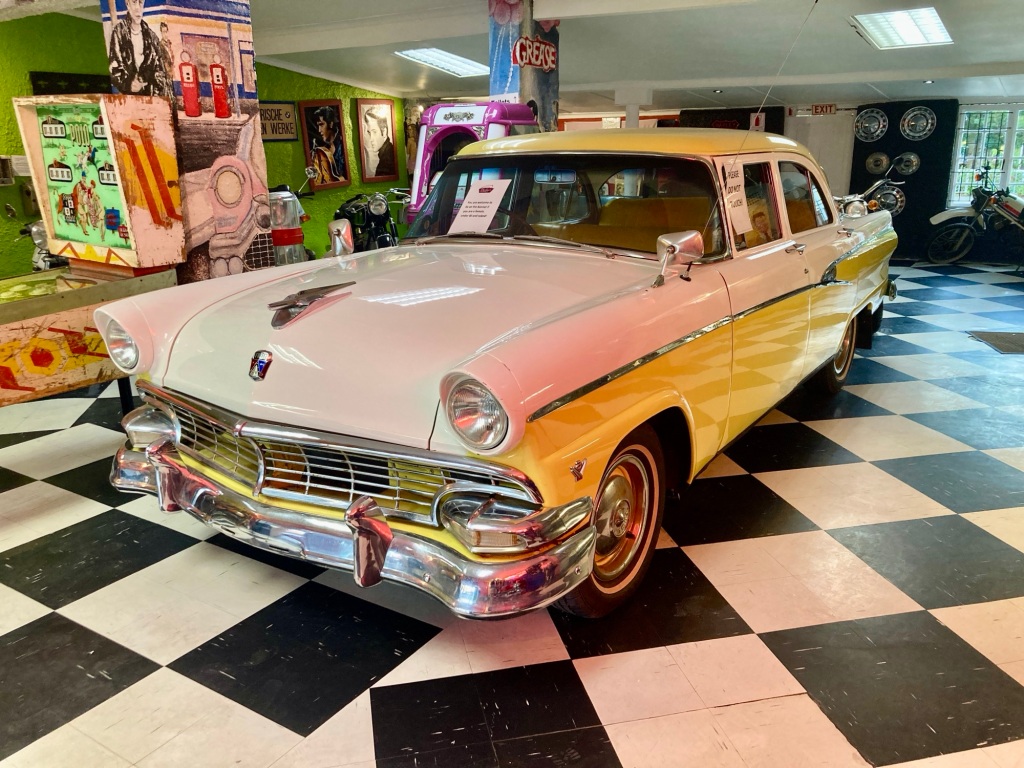
Monday 11th March
The trip onwards to Addo was destined to take a lot longer than planned …
We weren’t up to a full breakfast so had fruit and yoghurt, packed up and set off just after 10 am, first stop not long after at the service stop at the bridge to fill the prado and get coffee and tea at the Mugg and Bean.
Back on the N2, I noticed the tyre warning light had come on, so when Gerda suggested a stop at a farm stall I didn’t argue for once. I had a look at the tyres and saw immediately that the right rear was deflating.
My heart sank as I realised I have never had to change a wheel on the prado myself since purchasing it in 2015. I had no idea where the jacking points were so pulled out the owner’s manual and found the instructions.
It looked challenging but I set about getting the jack in place under the rear axle and the wheel nuts loosened when a ‘nice young man’ (as my mother always referred to such helpful people) asked if he could help and he was soon doing it all in a manner that showed he knew how.
What a relief to get the spare on and the flat tyre secured at the back and we were on our way again, but only as far as Humansdorp where we turned off, found a Supaquik tyre place and pulled in.
They soon had the tyre off and repaired where it had somehow picked up a small, neat hole in the sidewall. All of this had taken us to lunchtime so we bought woolies sandwiches at the corner garage and once again set off, hoping we had left the troubles behind us. Not quite it seemed….
We were just starting to get up to a reasonable pace when I had to slow down and stop at the first of multiple ‘stop and go’s’ on the N2, each one with long queues of vehicles waiting and each one painfully slow in getting going.
I had entered Addo into my phone’s google maps and we decided to follow the suggested route which seemed the most direct – not always a good idea as we found out when we turned off the N2 towards Uitenhage – the road was narrow and in need of repair and got worse when we were directed onto a bumpy gravel road for some 30 kms which literally shook us silly before we emerged onto the actual PE – Addo road
By the time we got to Addo it was 6 hours after our departure – never has 215 kms felt this far!
We were thankful to check in and head to chalet 48 where we offloaded and collapsed in the outside chairs for a recovery session as the sun slowly set behind distant hills.

Later having regained some energy, I got a braai going and we enjoyed kebabs and wors with Gerda’s lovely copper penny salad and potato salad. A nice ending to a stressful day
Now we look forward to four restful days in this small gem of the National Parks Board
